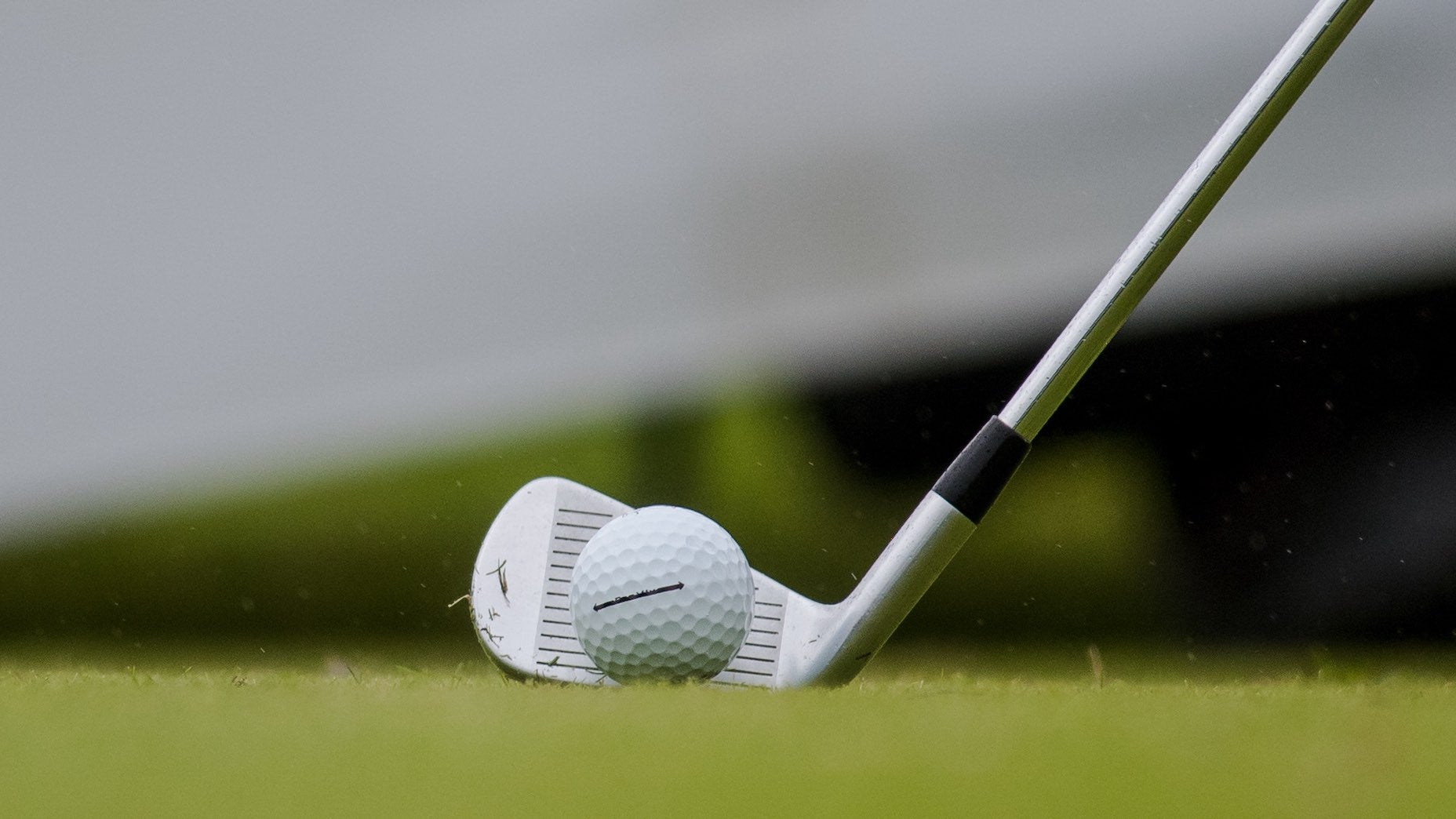Welcome to a new shaft series sponsored by Fujikura Golf, one of the industry leaders in shaft design and development, and presented in conjunction with GOLF affiliate True Spec Golf, a premium club-fitter and builder with over 20 studios across the globe.
Seeking out the best shaft(s) for your clubs is a surefire way to slice strokes off your handicap. We’ve discussed five factors that need to be considered during driver shaft testing — make sure you get a certified club-fitter involved — but what about your irons and wedges? There are a few ways you can go about building an ideal setup for your game, and that includes dropping down in flex with your scoring clubs, a popular shaft composition in the professional ranks.
While it varies from player to player, most will notice a slightly lower ball flight and more feel in the hands with a softer flex. For some, it can also help maintain spin compared to using the same shaft across the board. Considering many Tour players prioritize feel, consistency and control on shorter approach shots, it’s easy to see why so many drop down in flex.
Even if you don’t possess a Tour card, that doesn’t mean you can’t benefit from going with a different flex in your irons and wedges. We highlight two things to look for if you’re considering shaking up your shafts.
1. Study your composition
This isn’t a hard and fast rule, but golfers who tend to build their iron and wedge sets around one particular model usually don’t need to worry about mixing up their shafts. Achieving a similar feel throughout the set is far more important; some set wedges also offer a little more forgiveness and playability that could benefit some golfers.
“If you’re in that particular setup, there’s not necessarily a benefit to playing a softer flex or wedge-specific shaft,” said Kris McCormack, True Spec’s vice president of tour and education.
If this feels like only something a mid-to-high-handicapper needs to worry about, just know Lee Westwood plays two Ping i210 UW (49.5 and 53 degrees) that match his irons, and he’s made a decent chunk of money during his career. The wedge shafts (Ping JZ Stiff) also match what’s currently found in his i210 irons.
If you’re like a majority of golfers and have a blade wedge — or even a cavity-back version that doesn’t match your irons — it’s very likely you’re using the club for a variety of different feel shots and fewer full swings.
“[Opting for a softer flex] is going to give us the benefit of having a little more consistent feel, feedback for the three-quarter shots, knockdowns, pitches, chips — a lot the specialty shots we hit with a wedge. Most of us don’t make a full swing with the higher lofted wedges. Something that’s wedge specific with more feel and feedback could be more beneficial.”
True Spec Golf Club Fitting
2. Softer, not lighter
Most golfers associate a softer flex with less weight, which might lead some to believe they need to shed wedge with their wedge shafts. In actuality, almost every golfer will benefit from the opposite. For example, Brooks Koepka plays True Temper’s Dynamic Gold Tour X100 shaft in his irons but prefers the softer (albeit slightly heavier by 2 grams) S400 in his wedges.
“It begs the question of why you’d want to go lighter when you’re not swinging it as fast,” McCormack said. “A little bit more weight in that shorter golf club, for more of us out there, is going to give most of us a little bit better feel, feedback and sense of where that wedge is at slower speeds. Especially if you’re hitting those pitch and chip shots. A little bit more weight in the wedge will keep the club stable on those less-than-full-swing shots.”
The increase in weight doesn’t have to be significant when dropping down in flex with your wedges. With Fujikura’s MCI iron and wedge shafts, the difference ranges from 2-4 grams depending on flex from the 100 iron to the 105 wedge. And if you need a heavier product, the wedge is also offered in 124- and 125-gram pieces.
The number one reason why you shouldn’t go lighter in the wedges, when compared to your irons, is timing. Considering all of the touch and feel shots you play with a wedge, altering swing weight in the opposite direction can lead to inconsistencies with delivery, contact, and turf interaction.
“Never have I ever stuck more wedges into the ground than when I was testing a lighter wedge shaft,” McCormack said. “It was absolutely brutal for me. Needless to say, it was a short-lived experiment.”
Want to overhaul your bag for 2021? Find a fitting location near you at GOLF’s affiliate company True Spec Golf. For more on the latest gear news and information, check out our latest Fully Equipped podcast below.
